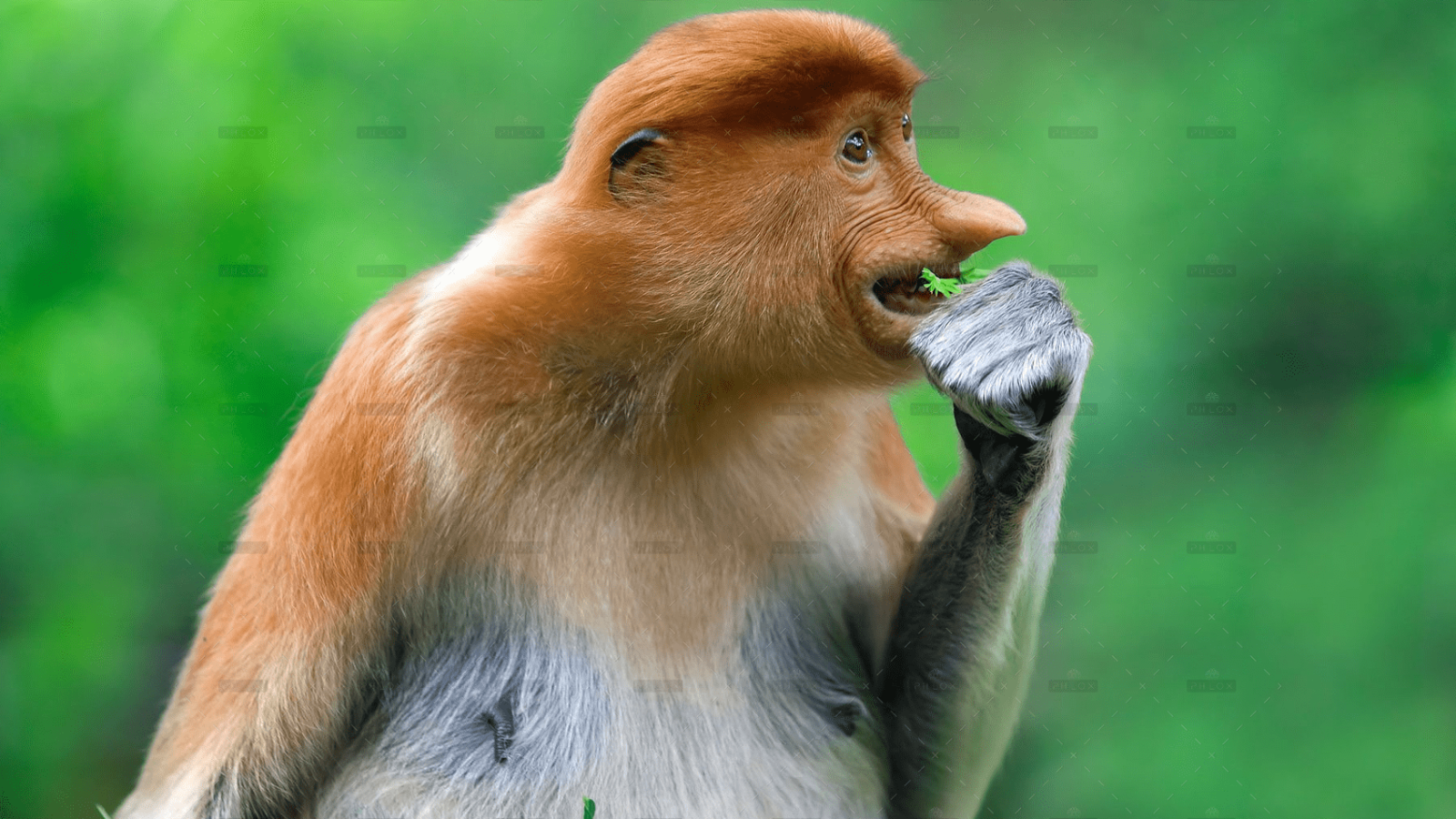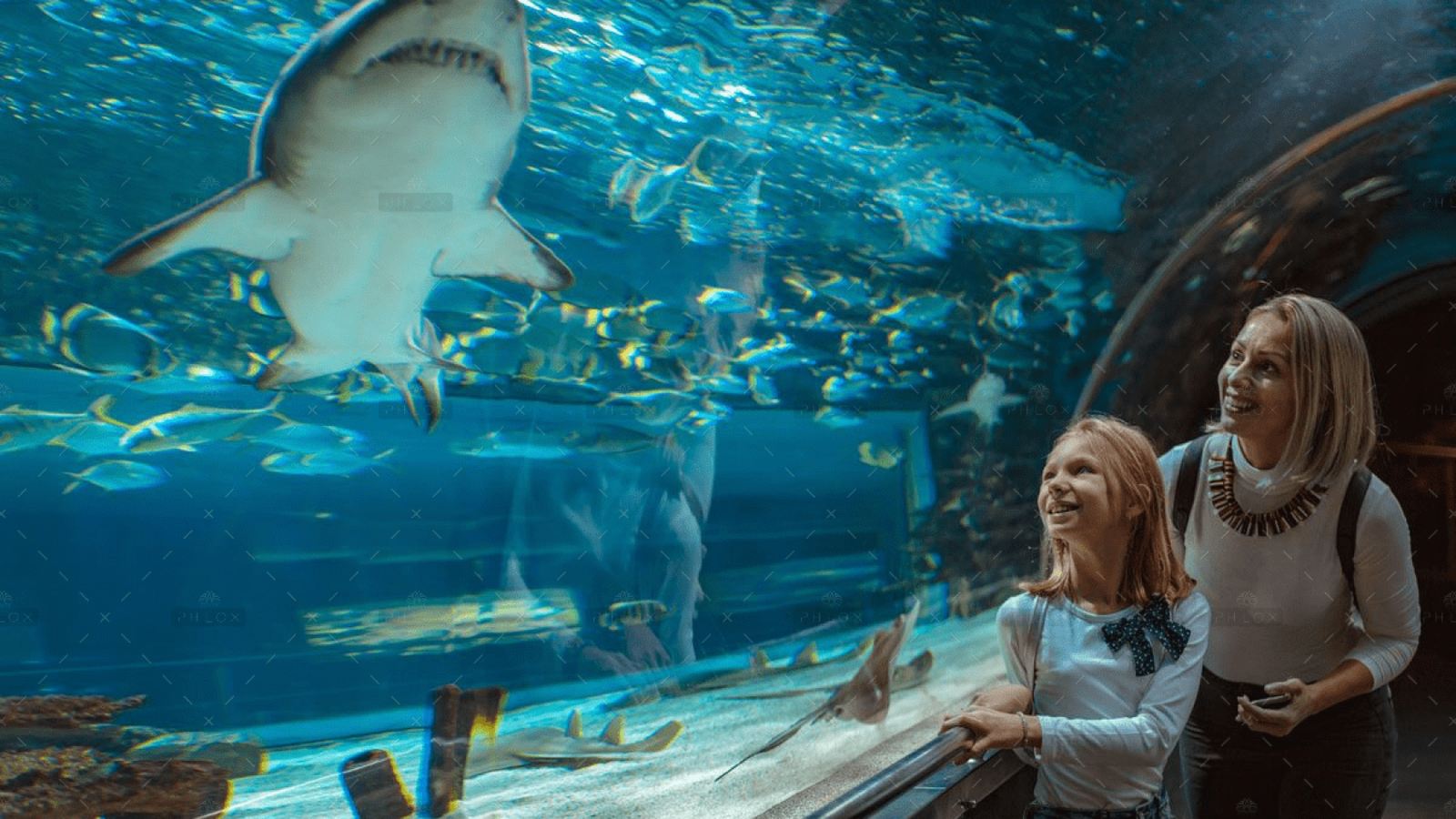Introducción al Diseño de Tu Sitio Web
Crear un sitio web para una comunidad de e-sports es una tarea emocionante y desafiante. Es fundamental que tu plataforma no solo sea visualmente atractiva, sino también funcional. La idea es involucrar a los usuarios al ofrecer secciones como ‘Inicio’, ‘Quiénes somos’, y ‘Noticias/Blog’ que mantengan a la comunidad informada.
Secciones Imprescindibles para tu Sitio
Asegúrate de incluir áreas clave en tu sitio, tales como ‘Videos’, ‘Torneos’, y ‘Comunidad/Foro’. Estos espacios invitan a la interacción, permitiendo que los miembros compartan sus experiencias y se conecten. Una sección de ‘Galería’ con imágenes vibrantes de eventos y competiciones también es esencial para atraer a nuevos visitantes.
Funcionalidades que Enriquecen la Experiencia del Usuario
Para que tu comunidad prospere, incluye funciones como registro de usuarios y un foro activo. Un sistema de ‘Newsletter’ puede mantener al público actualizado, mientras que una conexión a redes sociales fomentará una comunicación más amplia. Asegúrate de que el diseño sea impactante, con animaciones fluidas y una paleta de colores claros pero vibrantes que mantengan a los visitantes enganchados. Una visita a sitios inspiradores, como globalsquads.com, puede darte ideas sobre cómo implementar estas características con éxito.





